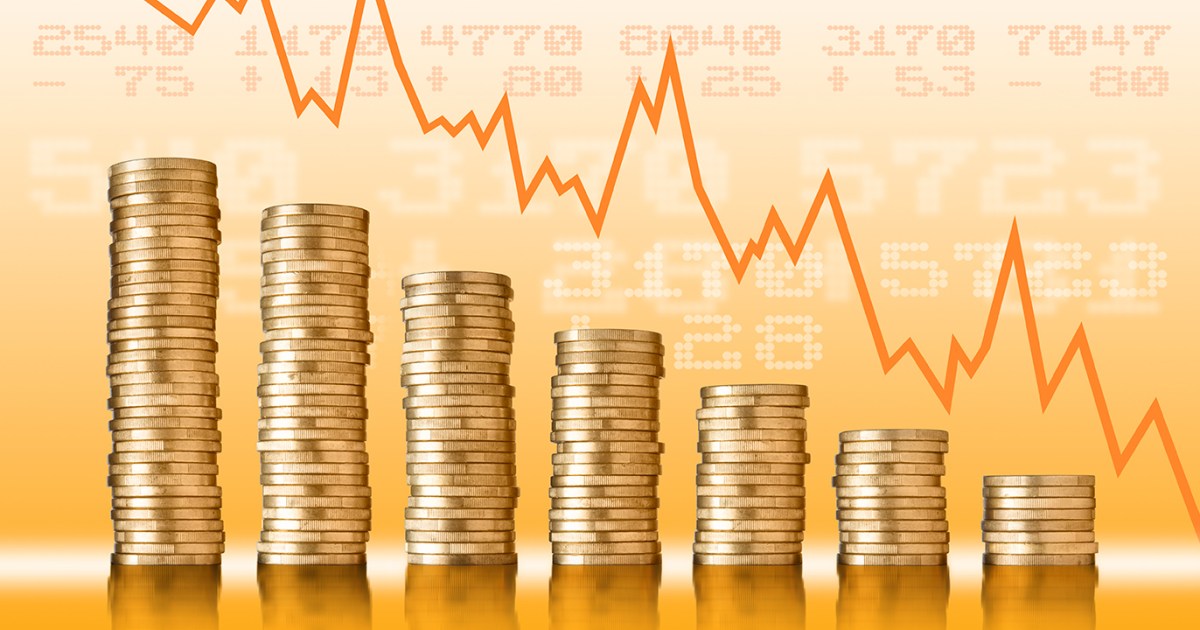(IMF World Economic Outlook, April 2025 edition; figures in trillions of US dollars)
| Rank | Country | Nominal GDP | Share of World GDP* |
|---|---|---|---|
| 1 | United States | 30.51 | 26.8 % |
| 2 | China | 19.23 | 16.9 % |
| 3 | Germany | 4.74 | 4.2 % |
| 4 | India | 4.19 | 3.7 % |
| 5 | Japan | 4.18 | 3.7 % |
| 6 | United Kingdom | 3.84 | 3.4 % |
| 7 | France | 3.21 | 2.8 % |
| 8 | Italy | 2.42 | 2.1 % |
| 9 | Canada | 2.23 | 2.0 % |
| 10 | Brazil | 2.12 | 1.9 % |
*World GDP ≈ 113.8 tn USD (current prices). Wikipédia
Why “Nominal” Matters
Nominal GDP is calculated at current market exchange rates. It is the best single-number yard-stick for global purchasing power and financial clout (e.g., multinational revenues, sovereign-bond markets, foreign-exchange reserves). It does not adjust for differences in local price levels.
Same Year, Different Lens: GDP at Purchasing-Power Parity (PPP)
| Rank | Country | GDP (PPP) | Core Insight |
|---|---|---|---|
| 1 | China | 40.72 tn | Cost-of-living adjustment catapults China far ahead. |
| 2 | United States | 30.51 tn | Still dominant in high-value services and tech. |
| 3 | India | 17.65 tn | Massive domestic market + low price level. |
| 4 | Russia | 7.19 tn | Energy-rich economy gains weight under PPP. |
| 5 | Japan | 6.74 tn | Mature, high-income export hub. |
| 6 | Germany | 6.16 tn | Europe’s production powerhouse. |
| 7 | Indonesia | 5.01 tn | Young, urbanising, G20 rising star. |
| 8 | Brazil | 4.96 tn | Commodity-driven, services-heavy mix. |
| 9 | France | 4.50 tn | Diversified high-tech & tourism. |
| 10 | United Kingdom | 4.45 tn | finance-led, advanced-services economy. |
PPP GDP adjusts for price levels, giving a better picture of real domestic purchasing power and living-standard comparisons, but it is less useful for cross-border finance or debt sustainability analysis.
Big Picture Takeaways
-
Bipolar Core: The US (nominal) and China (PPP) dominate whichever metric you choose—reflecting a rivalry centred on technology, trade policy, and demographic headwinds.
-
India’s Rapid Climb: On track to overtake Japan in nominal terms by FY 2025-26, thanks to strong domestic demand, digital-services exports, and formal-sector expansion. Times of India
-
Europe’s Anchor: Germany remains the EU’s growth engine; France and Italy show moderate rebounds but face ageing-population constraints.
-
Commodity Leverage: Russia and Brazil owe much of their PPP heft to resource exports coupled with comparatively low price levels.
-
Middle-Income Momentum: Indonesia edges into the global top ten on a PPP basis, highlighting Southeast Asia’s rising economic gravity.
Fresh Research & Discussion Angles
| Theme | Research Question | Data/Method Idea |
|---|---|---|
| Digital-Economy Weighting | How would GDP rankings change if software, data, and platform revenues were fully capitalised? | Extend OECD “digital capital” satellite accounts to G20. |
| Green-Transition Index | Which top-ten economies are decarbonising fastest relative to GDP growth? | Combine IMF GDP with IEA CO₂-intensity datasets. |
| Geoeconomic Fragmentation | What share of global manufacturing value chains is now China-centric vs. US/EU-centric? | Use UNCTAD TiVA tables + network analysis. |
| Debt Sustainability Heat-Map | How exposed are the leading economies to higher real interest rates? | Stress-test IMF debt indicators under a 200 bp shock. |
Key Definitions for Students & Analysts
| Term | Concise Definition |
|---|---|
| GDP (Nominal) | Total value of final goods & services at current exchange rates. |
| GDP (PPP) | GDP recalculated at “international dollars” that equalise purchasing power. |
| Per-Capita GDP | GDP divided by population – a proxy for average income. |
| Real GDP Growth | Annual GDP change minus inflation, indicating volume expansion. |

ليست هناك تعليقات:
إرسال تعليق